In busy workplaces, maintaining safety and visibility is crucial to prevent accidents and ensure smooth operations....

Understanding the Importance of Bunding: Requirements and Implementation
Bunding, a containment system designed to prevent the spread of hazardous materials, plays a critical role in maintaining workplace safety and protecting the environment. This article aims to shed light on the circumstances when bunding is required, helping individuals and businesses understand the importance of implementing bunding measures to mitigate the risks associated with hazardous material spills.
Determining the Need for Bunding:
Bunding is typically required in situations where there is a potential risk of spills or leaks that could result in the release of hazardous substances. The need for bunding is often determined by regulatory bodies and industry-specific guidelines. While requirements may vary across jurisdictions and industries, several common scenarios necessitate the use of bunding:
Storage of Hazardous Substances:
1. Bunding is frequently mandated for the storage of hazardous substances, such as chemicals, fuels, oils, or other liquids. Storage areas, including tanks, drums, or containers, must be equipped with bunding systems to contain any accidental leaks or spills that may occur during handling, storage, or transportation.
Loading and Unloading Areas:
2. Areas where loading and unloading of hazardous materials take place, such as ports, terminals, or manufacturing facilities, often require bunding. These areas are prone to spills due to transfer operations, and bunding acts as a safeguard, preventing the spread of the spilled substances and minimising the risk of environmental contamination.
Refuelling Stations:
3. Bunding is commonly required in refuelling stations for vehicles, aircraft, or vessels that handle flammable fuels or liquids. The bunded areas around the fueling points provide a containment system in case of leaks or accidental releases, minimising the potential for fire hazards and environmental damage.
Chemical Handling and Process Areas:
4. Industries involving chemical processing or manufacturing often have strict bunding requirements. Areas where hazardous substances are handled or processed, including laboratories, production units, or chemical plants, typically employ bunding systems to mitigate the risks associated with chemical spills or leaks.
Secondary Containment for Storage Tanks:
5. Large storage tanks, such as those used for petroleum products or hazardous chemicals, often require secondary containment bunding. This serves as an additional protective measure in case of tank failures or leaks, preventing the released substances from spreading beyond the bunded area.
It is crucial to note that specific regulations and guidelines vary by location and industry. Organisations must consult relevant authorities, such as environmental agencies or occupational health and safety bodies, to ensure compliance with applicable bunding requirements.
Bunding is a vital measure for preventing the spread of hazardous materials and safeguarding against spills. Understanding when bunding is required is essential for maintaining workplace safety, minimising environmental risks, and complying with regulations. Whether it is for storage areas, loading/unloading operations, refuelling stations, chemical handling, or secondary containment for storage tanks, bunding serves as a crucial defence against the potential hazards associated with hazardous material spills.
By implementing appropriate bunding measures and regularly inspecting and maintaining bunded areas, individuals and organisations demonstrate their commitment to safety, environmental stewardship, and the well-being of their workforce. Remember, it is important to consult local regulations and guidelines specific to your industry to ensure compliance with bunding requirements in your jurisdiction.



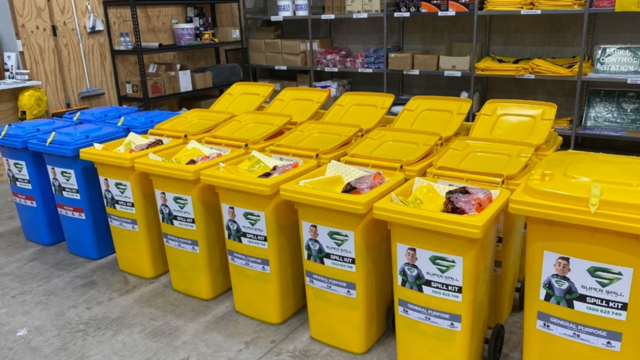
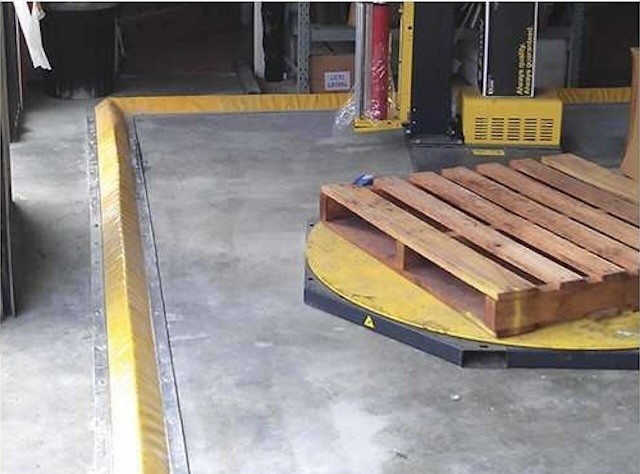
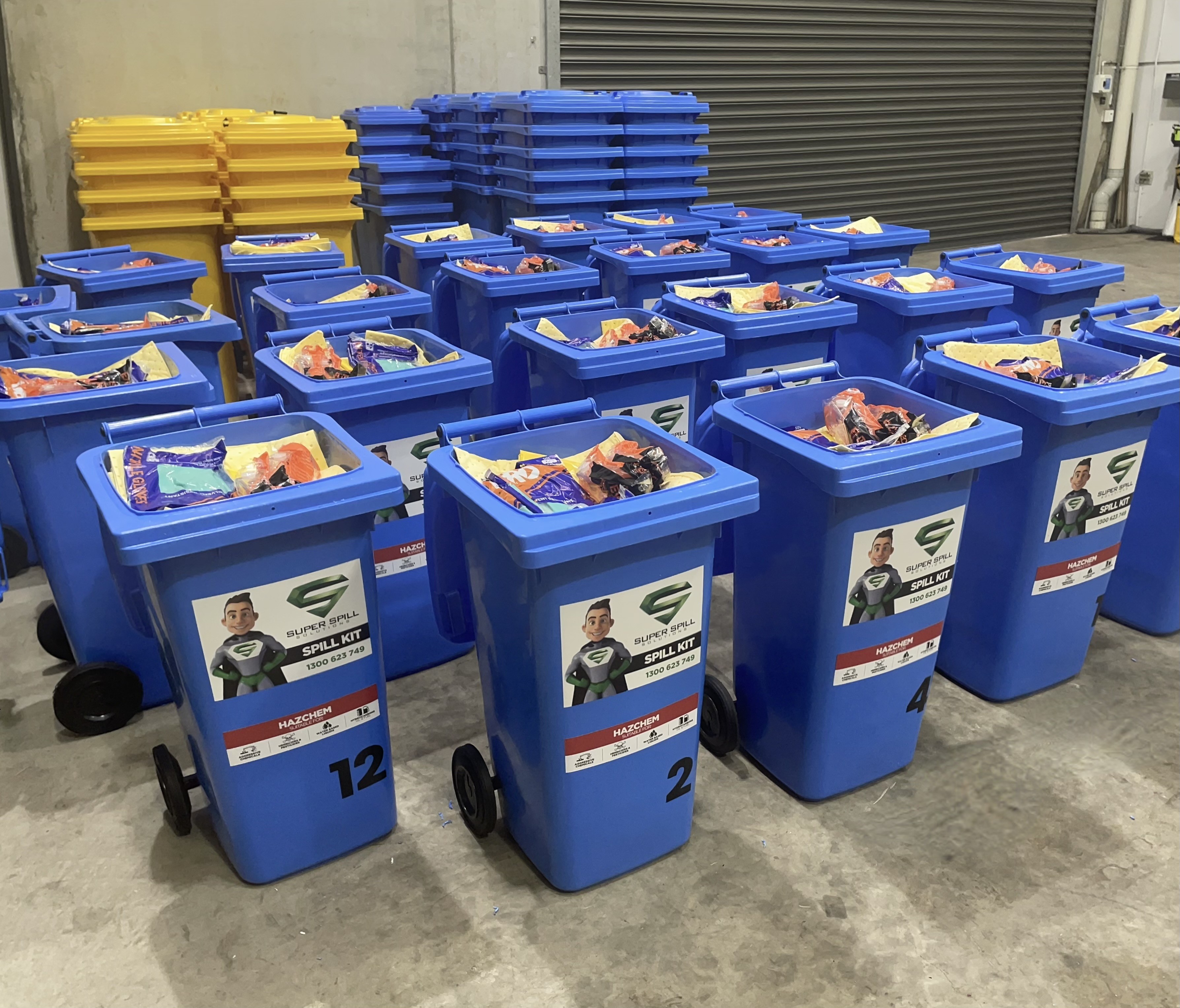

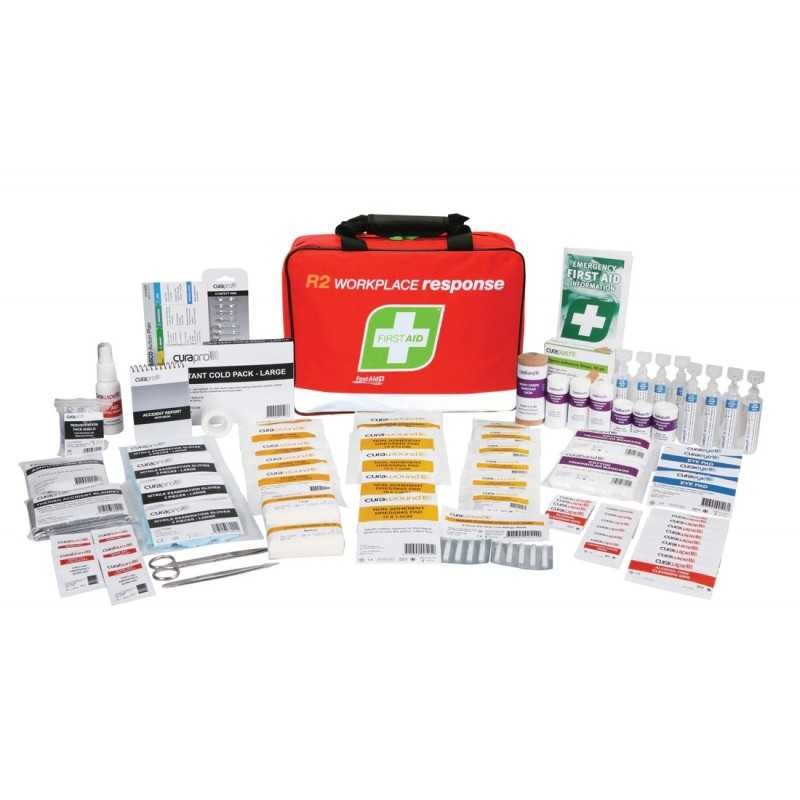
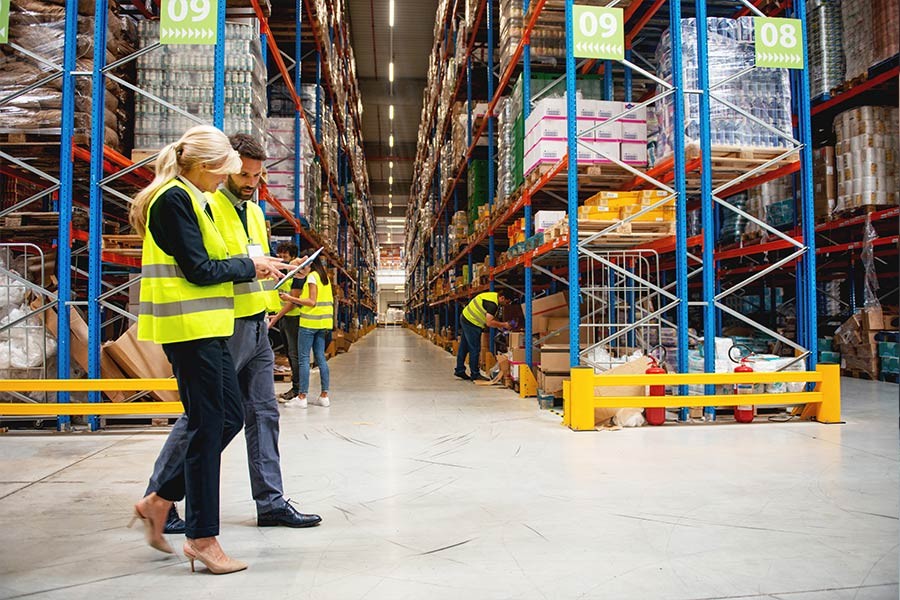
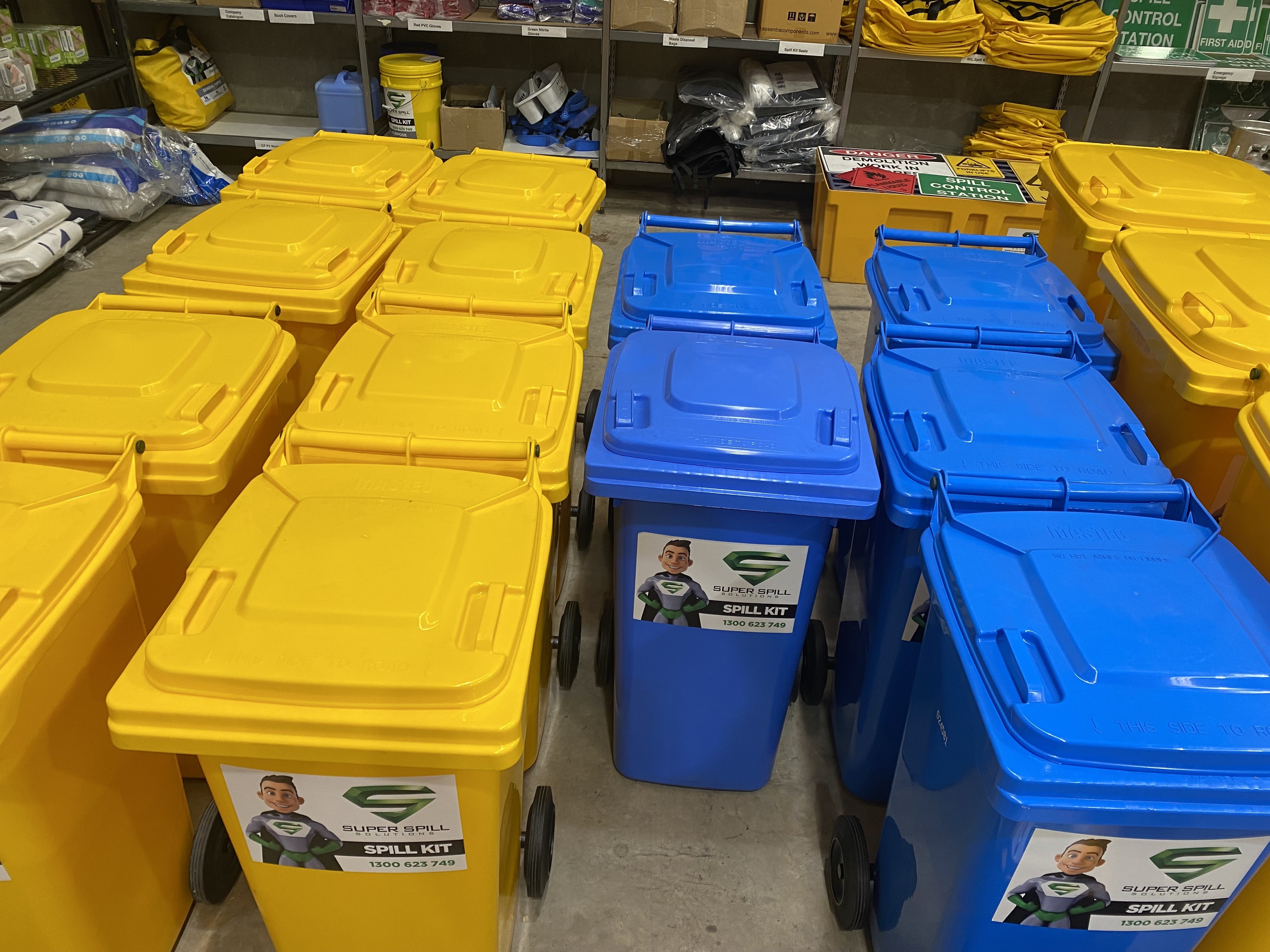
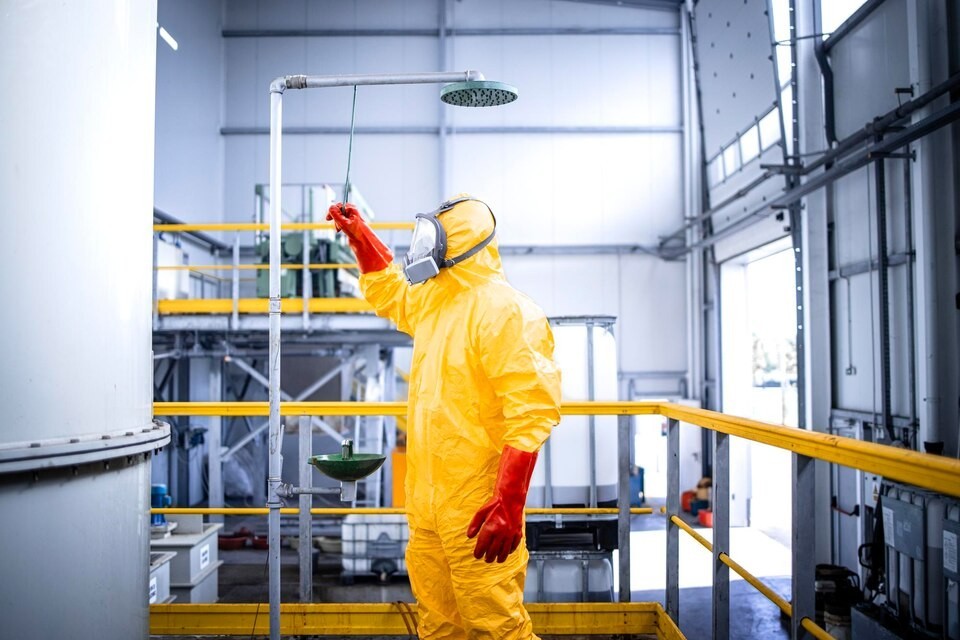


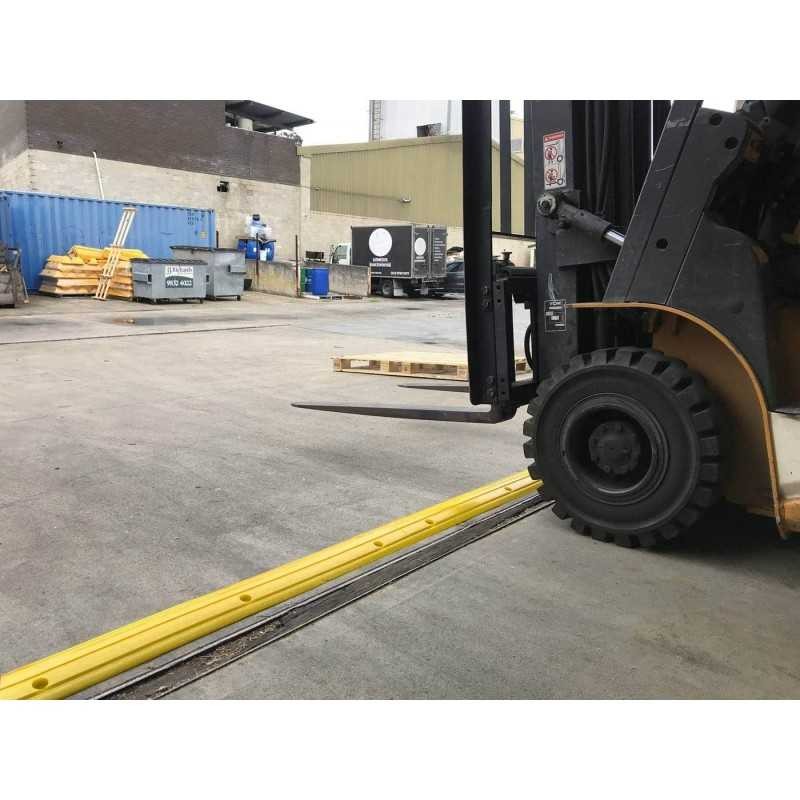
Leave a comment